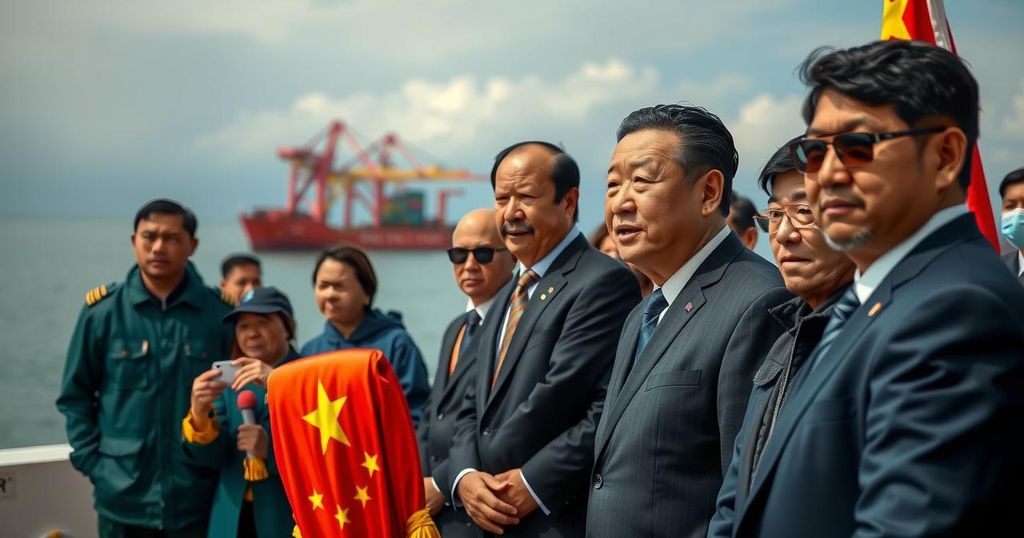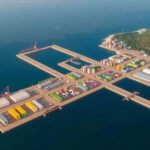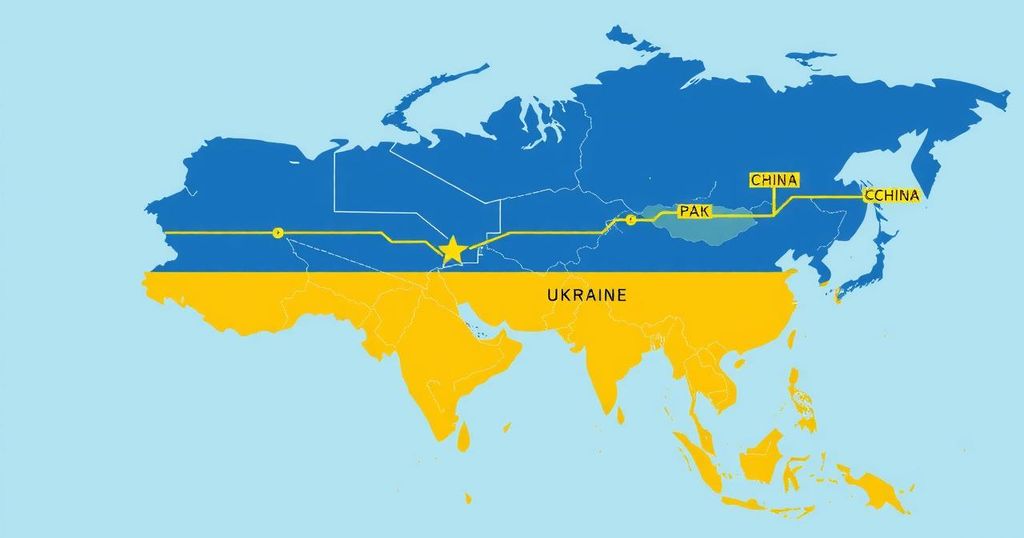Politics
ASIA, ASIA - PACIFIC ECONOMIC COOPERATION, ASSOCIATED PRESS, BRAZIL, BRP SIERRA MADRE, CHANCAY, CHILE, CHINA, COSCO, ELMER SCHIALER, EUROPE, ITALY, LIMA, MEXICO, NORTH AMERICA, PACIFIC, PERU, RAFAEL AVILA, ROME, SECOND THOMAS SHOAL, SOUTH AMERICA, SURFING, TERRITORIAL DISPUTE, TERRITORIAL DISPUTES, THE ASSOCIATED PRESS, UNITED STATES, XI JINPING
Dante Raeburn
Chancay Megaport: Economic Promises Amid Local Fishing Community’s Concerns
In Chancay, Peru, a $1.3 billion megaport funded primarily by Chinese interests is set to transform the local economy but has drawn skepticism from residents concerned about the loss of fishing grounds and potential ecological damage. Fishermen report reduced catches and fear that the port’s industrial activities will harm their livelihoods and the marine environment. The government promotes the port as a strategic trade hub, but local voices question the promised benefits.
In Chancay, Peru, a significant contrast unfolds as the local fishing village transforms into a major deep-water port, primarily financed by the Chinese shipping corporation Cosco. The $1.3 billion megaport is slated to enhance global trade connections by establishing a key hub for shipping South American resources to Asia. However, the local community, with around one-third of its residents lacking running water, expresses concern regarding the port’s impact on their livelihoods, particularly as fishing conditions deteriorate due to dredging activities and altered marine environments. Local fishermen voice profound dissatisfaction, noting that their traditional fishing grounds have been ruined, with many experiencing drastically reduced catches. Despite promises from the Peruvian government regarding economic benefits from the port, the villagers remain skeptical, fearing pollution and the long-term effects of the industrialization of their coastal area. With the port set to host some of the world’s largest container ships shortly, apprehensions about ecological harm and declining fish populations loom large. Efforts by port authorities to address inequalities and improve local conditions are laudable, yet locals contend that the stark difference between the new economic infrastructure and their impoverished community highlights ongoing disparities in development. As the inauguration of the megaport approaches, the community continues to grapple with both the potential benefits and the disruptions it brings to their way of life.
The Chancay port project, largely financed by Chinese investments, is indicative of China’s growing economic footprint in South America, aiming to capitalize on the region’s resource wealth. The development is part of a broader infrastructure initiative intended to streamline export routes to Asia, positioning Peru as a crucial transit point for various agricultural and natural resources. However, the influx of foreign investment raises critical questions about local community impacts, sustainability, and government accountability in protecting vulnerable populations. As nations increasingly engage with global trade networks, infrastructure projects such as the Chancay port often present risks to local ecosystems and traditional livelihoods. The resistance from Chancay’s residents reflects deeper concerns about equity and environmental stewardship amid international investment projects. The community’s reaction serves as a potent reminder of the local stakes involved in global economic expansions, underscoring the need for inclusive development strategies.
The construction of the Chancay megaport symbolizes both opportunity and challenge for the local fishing community in Peru. While the port promises enhanced trade and economic growth, the negative impact on fishing livelihoods and local ecology cannot be overlooked. As officials navigate the intricate balance between development and community needs, it is crucial to prioritize the welfare of those directly affected by such significant changes. The unfolding situation will test the commitment of both the government and investors to uphold ethical and sustainable development principles in resource-rich regions.
Original Source: www.livemint.com








Post Comment